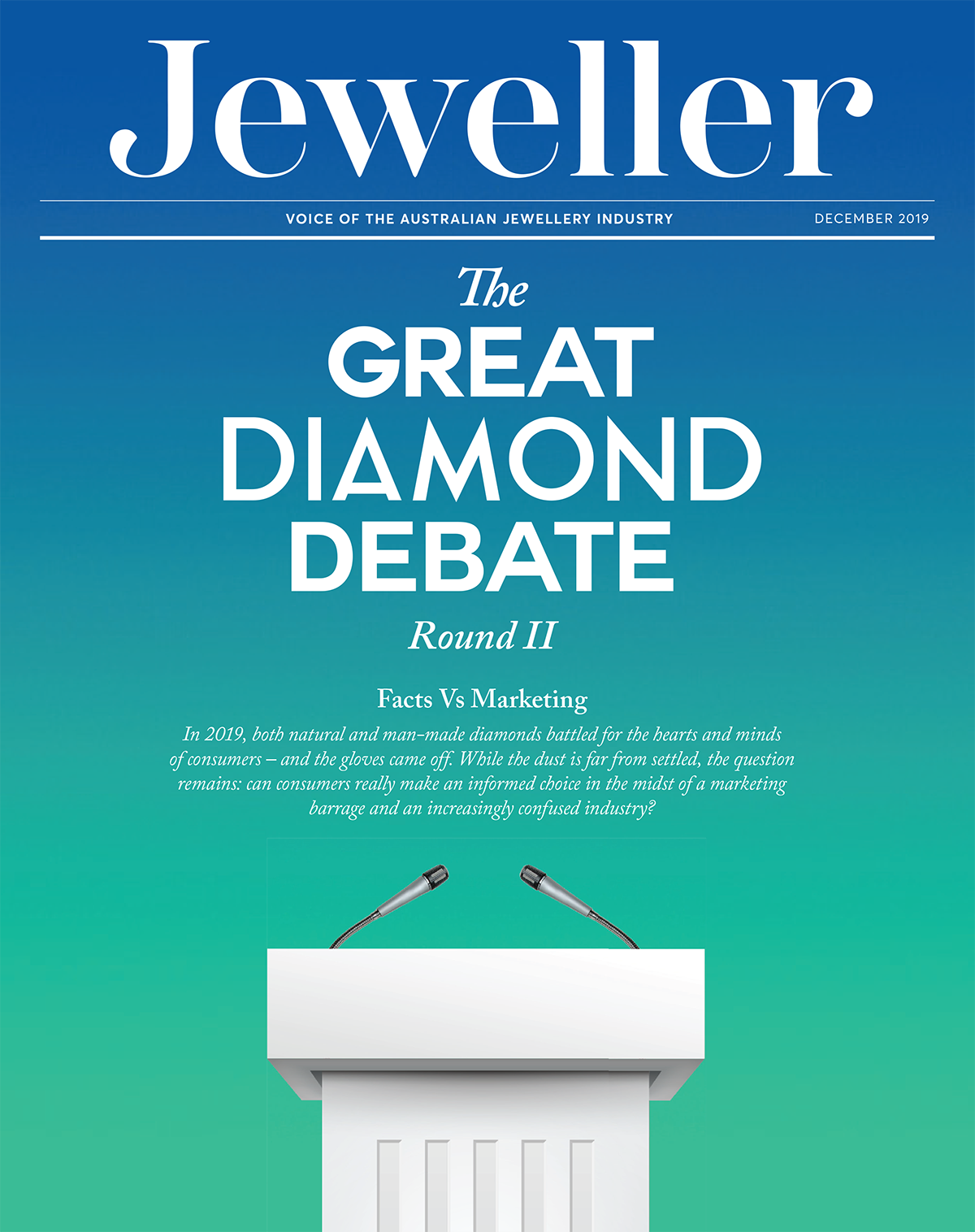 Key points Key points
• Members of the Bharat Diamond Bourse voted to ban synthetic diamond trading on its premises in 2015 • The bourse is utilising synthetic diamond detectors to ensure undisclosed mixing does not take place • Any change in the policy is contingent on another vote, as well as the recommendations of the Natural Diamonds Monitoring Committee |
While we do not disapprove of the synthetic diamond industry, the BDB remains a centre for the trade of natural diamonds, which is why we have had a ban on synthetic diamonds in place since 2015.
The decision to disallow the trading of synthetic products was approved at an annual general meeting following a specific request for it to be put on the agenda by our members.
Over the past four years, numerous media reports have speculated that the BDB may change its policy or lift its ban.
However, our position remains the same: we do not allow the trade of synthetic diamonds on our premises, and in the past we have penalised those who have breached this ban, including lifetime suspension from the bourse.
Any change in this policy would be subject to the will of our members.
Current initiatives
At present, our focus is on preventing the undisclosed mixing of natural and synthetic diamonds. The most important way to achieve this is by improving the accessibility and availability of synthetic diamond detectors.
This equipment is now very reliable and has become an essential tool for diamond traders, and we encourage their use by our members.
The Gemmological Institute of India, which is independent of but in coordination with BDB and the Gem and Jewellery Export Promotion Council, manufactures detection equipment which is available at the subsidised price of $US7,000.
Most of the diamond merchants trading at our bourse use it and every buyer is able to use one to independently check the diamonds again, prior to purchase.
In addition to the detector, the BDB has its own disciplinary committee, and diamantaires are vigilant at every stage in verifying the diamonds.
With undisclosed diamond mixing becoming more commonplace, transparency must be the priority across the whole diamond supply chain.
A diamond’s information should not only be available to the trade, but also to members of the public. Total transparency is key.
Changes in the future
The Natural Diamonds Monitoring Committee (NDMC) is an Indian all-trade body formed in 2012.
Its purpose is to monitor the proliferation of synthetic diamonds and the undisclosed mixing of synthetics with natural diamonds. It also drafts regulations in relation to these issues.
Soon, the NDMC will provide new and updated recommendations on synthetic diamond trading.
These will be available to the general body of BDB members who can then vote to reverse or maintain the existing policy.
Any decision made before the NDMC forms clear guidelines and rules would be premature.
The WFDB allows each bourse to make autonomous decisions on this matter as long as natural and synthetic diamonds are properly differentiated, with clear and accurate descriptions on all invoices and documents.
Addressing the problems
At present, there are approximately 100 traders dealing in synthetic diamonds in Mumbai, as opposed to the 5,000 members of the BDB trading in natural diamonds.
It is clear that the natural diamond market has significantly slowed and margins are under pressure; this may be attributed to overtrading and a misunderstanding of the true market demand.
Reducing the production and supply of rough could correct this imbalance, and we at the BDB are also trying to counter this downturn with promotional activities.
We are also in discussion with government bodies as to which steps we can take to support our members.
However, lifting the ban on trading synthetic diamonds will not solve these underlying problems in the natural diamond market.
As stated previously, the BDB is accountable to our members and their business requirements, and they hold the power to change the existing policies – just as they voted for the ban in 2015.
View & Download eMag
To download PDF version click here.
 OUT NOW!
READ IT ALL IN JEWELLER'S FEATURE SPECIAL Did you need full access to read all the stories?
From only 26c a day you can access 10 years' worth of
content in Jeweller's Business Library. Click here to subscribe » |